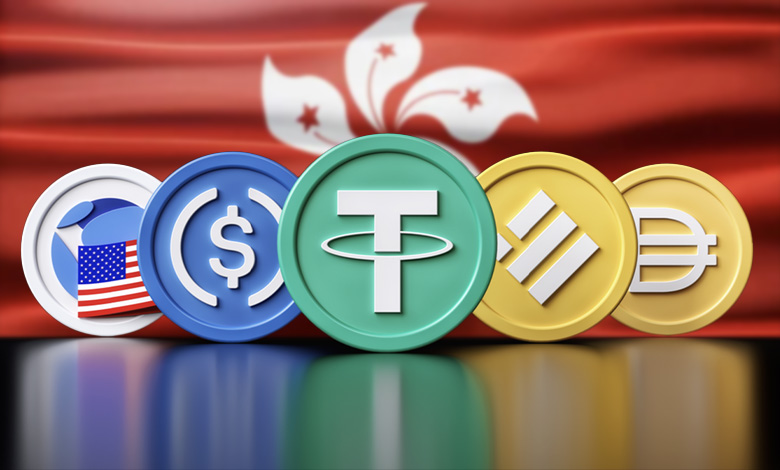New Era for Crypto in Hong Kong: Stablecoin Licensing to Begin August 1

The Hong Kong Monetary Authority (HKMA) has formally released its much-anticipated regulatory framework for stablecoins, a new step in the city’s efforts to tighten oversight of the digital asset industry.
The finalized guidelines, focused on licensing requirements and anti-money laundering (AML) and counter-terrorism financing (CTF) protocols, come after months of public consultation and are scheduled to take effect on August 1, 2025.
As part of the initiative, the HKMA will also roll out a public registry of licensed stablecoin issuers, aimed at increasing transparency and helping consumers verify legitimate operators. The authority emphasized that no licenses have been granted yet, and warned the public against falling for unauthorized claims or speculative hype surrounding potential licensees.
“People should not assume that any company offering stablecoin services in Hong Kong is authorized,” the HKMA stated, adding that unlicensed stablecoins are held at the user’s own risk.
Hype vs. Reality
The rollout comes amid a broader wave of interest in stablecoins, both from institutional players and opportunistic actors. According to HKMA Chief Executive Eddie Yue, recent market activity has been “fueled by excessive enthusiasm,” with trading volumes and even stock prices seeing unjustified surges tied to unverified stablecoin initiatives.
Yue noted that many applicants seeking licenses lack the infrastructure or clarity needed to meet regulatory standards. “Some proposals are vague, and others show little evidence of technical capability,” he said, adding that only a limited number of licenses will be issued in the initial phase of the new regime.
Application Timeline
The HKMA has invited prospective stablecoin issuers to formally approach the authority before the August 1 start date. To be considered in the first round of approvals, full applications must be submitted by September 30, 2025.
The new rules aim to bring consumer protections, financial stability, and legal clarity to a segment of the crypto market often viewed as both promising and risky. Stablecoins, digital tokens pegged to fiat currencies, are increasingly used for payments and trading, but their rapid growth has outpaced regulatory safeguards in many jurisdictions.
Mainland China Issues Parallel Warnings
Meanwhile, across the border in Shenzhen, authorities have issued fresh alerts about a rise in fraudulent schemes using stablecoins as a front. Local officials reported that some unlicensed entities are misleading investors by promoting fake crypto investment opportunities, taking advantage of the public’s limited understanding of how stablecoins work.
These warnings echo the HKMA’s own concerns, reinforcing the urgency of coordinated efforts to combat financial fraud tied to digital assets.
Hong Kong’s stablecoin framework could serve as a regional model, balancing innovation with regulation. As the city positions itself as a global crypto finance hub, its ability to enforce meaningful oversight, without stifling growth, will be closely watched by policymakers across Asia and beyond.





